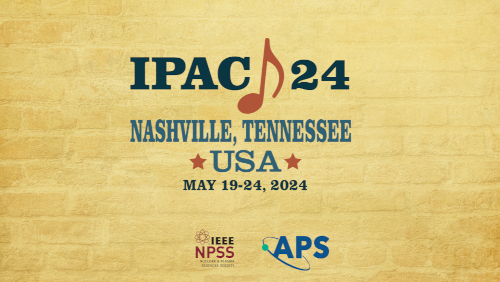Speaker
Description
Laser-plasma accelerators (LPAs) have potential to enable compact light sources and high-energy linear colliders. At the BErkeley Lab Laser Accelerator (BELLA) PW facility, electron bunches with energy up to 8 GeV have been generated using laser pulses with peak power of 0.85 PW (energy 31 J) and an acceleration length of 20 cm. In order to accelerate over this distance of 15 diffraction lengths, a preformed plasma waveguide based on inverse bremsstrahlung (IB) heating inside a capillary discharge was used [1]. Simulations show the energy gain can be increased to beyond 10 GeV, but with lower density than is feasible with IB heating. The recent addition of a second beamline to BELLA PW has allowed for the use of plasma channels formed by optically field ionization [2-4], which enables optimized density. We will present guiding and acceleration results using this new capability.
Funding Agency
This work was supported by the U.S. Department of Energy (DOE), Office of Science, Offices of High Energy Physics, DARPA, and used the computational facilities at the National Energy Research Scientif
Footnotes
[1] Phys. Rev. Lett. 122, 08401 (2019)
[2] Phys. Rev. E 102, 053201 (2020)
[3] Phys. Rev. Research 2, 043173 (2020)
[4] Phys. Rev. X 12, 031038 (2022)
| Region represented | North America |
|---|---|
| Paper preparation format | LaTeX |

